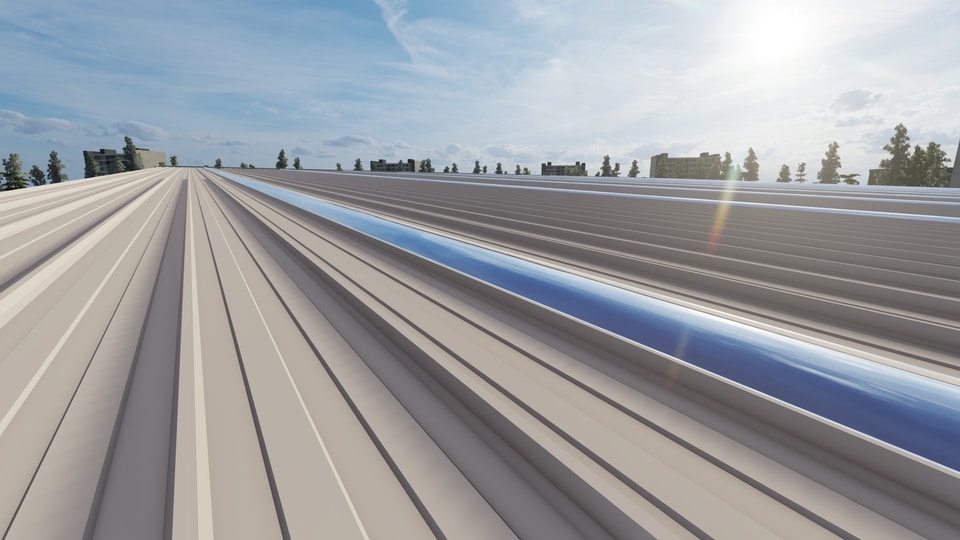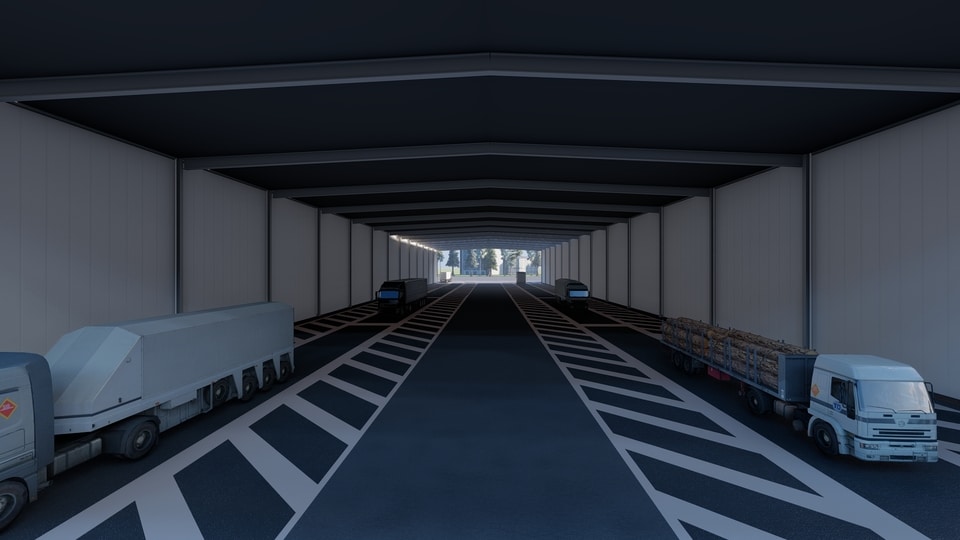By: Nancy Vasquez
Introduction
The popularity of insulated panels in various industries such as aerospace, construction, and automotive is mainly due to their durability. Also known as sandwich panels, they are composed of two layers, the outer sheathing and the core in the middle. Not only are these panels extremely durable but also cost-effective and energy-efficient when it comes to insulation. However, regardless of their strength, keeping them well-maintained is still necessary. Cleaning and maintenance for insulated panels should not be overlooked since this is a key factor that determines their life span and performance.
As the backbone of structural insulation, insulated panels play a crucial role in maintaining the integrity of your building. To ensure their longevity and performance, it’s important to adhere to a comprehensive maintenance routine. In this post, we’ll explore five practices for insulated panels maintenance and safeguarding your investment.
1. Post-Installation Cleaning:
After panels are fitted on-site, various debris, including metal chips or burrs, may be left on the surface. If these contaminants are not promptly removed, they can act as focal points for the development of rust.
Rust formation is a serious concern, as it compromises the integrity of the panels and can lead to structural issues over time, not only affecting the aesthetic appeal of the building but also jeopardizing the functionality and durability of the panels. That’s why the first step after installation is a thorough cleaning.
Remove any metal chips or burrs that may linger on the surface, eliminating potential focal points for rust formation. Employ a mild household detergent without caustic soda if needed.
NOTE: During your cleaning process, remember that roofing isn’t designed for frequent heavy walking, so exercise caution and wear rubber-soled shoes and safety gloves. Avoid stepping on flashings, ridges, and trims, and never drag tools or equipment across the panel surface.

2. Gutter and Downpipe Inspection:
Over time, leaves, twigs, dirt, and other debris can build up in the gutters and downpipes, impeding the flow of water. This blockage prevents proper drainage, leading to a range of issues that can impact both the building and the surrounding landscape.
Conduct a meticulous inspection of gutters and downpipes twice a year. Clear any debris that may impede proper drainage, ensuring water flows smoothly. Frequent cleaning, inclusive of skylights, helps maintain optimal functionality, preventing water damage that could compromise the insulation.

3. Annual Check on Mouldings, Trims, Sealants, and Screws:
Over time, exposure to the elements can cause wear and tear on the sealants, screws, moldings, and trims that are part of the insulated panel system.
If these components are not regularly maintained, they may degrade or crack, creating points of vulnerability. This can result in water infiltration during rain or other adverse weather conditions.
Regularly inspect exposed elements such as moldings, trims, sealants, and screw fittings. Perform an annual check on the condition of sheet overlaps, check the state of sealants and screw fittings. This proactive approach helps identify potential issues before they escalate, ensuring the longevity of your insulated panels.
4. Lightning Conductor Inspection:
Lightning conductors, also known as lightning rods or air terminals, play a crucial role in providing a safe path for lightning to follow, redirecting it away from the structure and preventing potential damage. Over time, exposure to the elements can lead to corrosion, physical damage, or loosening of connections in the lightning protection system. If these issues go undetected, the lightning conductor may fail to provide a reliable path for lightning to follow, increasing the risk of a direct lightning strike on the building.
If your building is equipped with lightning conductors, a regular inspection is crucial to ensure these conductors are in good condition, and ready to divert any potential lightning strikes away from your structure.
This precautionary measure contributes to maintaining the effectiveness of the lightning protection system, reducing the likelihood of lightning-related damage to the building and ensuring the safety of both the structure and its occupants..
5. Coating and Finish Checks:
The coating on insulated panels serves as a protective layer, shielding the panels from environmental factors such as moisture, UV radiation, and pollutants. If the coating is not checked and maintained regularly, it may deteriorate over time, exposing the underlying material to the elements, including peeling of the coating, irregular fading, blistering and cracking, and isolated scratching.
Regular checks on the panel coating are essential to identify early signs of wear, cracking, or peeling. Prompt remediation, such as recoating or repairing damaged areas, can prevent further deterioration and ensure that the insulated panels continue to provide effective insulation and protection but be sure to proceed according to the type of coating applied:
- For panels with a polyester coating, perform a paint check every two years. This ensures that the protective coating remains intact, guarding against corrosion and weathering.
- For special finishes such as PVDF and HDX, initiate the first inspection after the fifth year, and subsequently, conduct regular checks to maintain the aesthetic appeal and structural integrity of your insulated panels.
Conclusion
The importance of insulated panel maintenance lies in its power to ensure optimal performance, prevent deterioration, protect against water infiltration, maintain aesthetic appeal, comply with warranty requirements, and ultimately contribute to long-term cost savings. Regular inspections and timely repairs are essential for maximizing the benefits of insulated metal panels in commercial and industrial buildings. Investing in regular maintenance is a proactive approach that can save costs in the long run.
Addressing issues early prevents minor problems from escalating into major repairs or replacements, reducing the overall life cycle costs of the building. By implementing these procedures into your daily routine, you’ll improve your building’s general resistance to the weather as well as the lifespan of your insulated panels.
